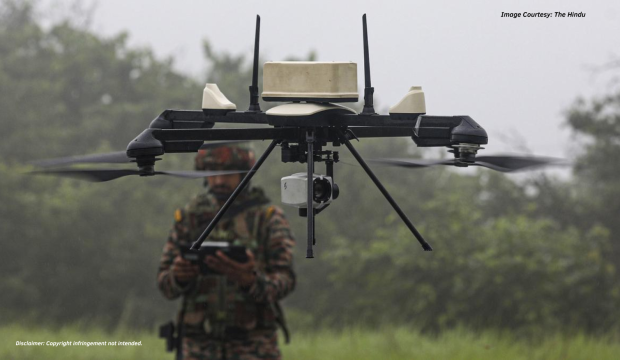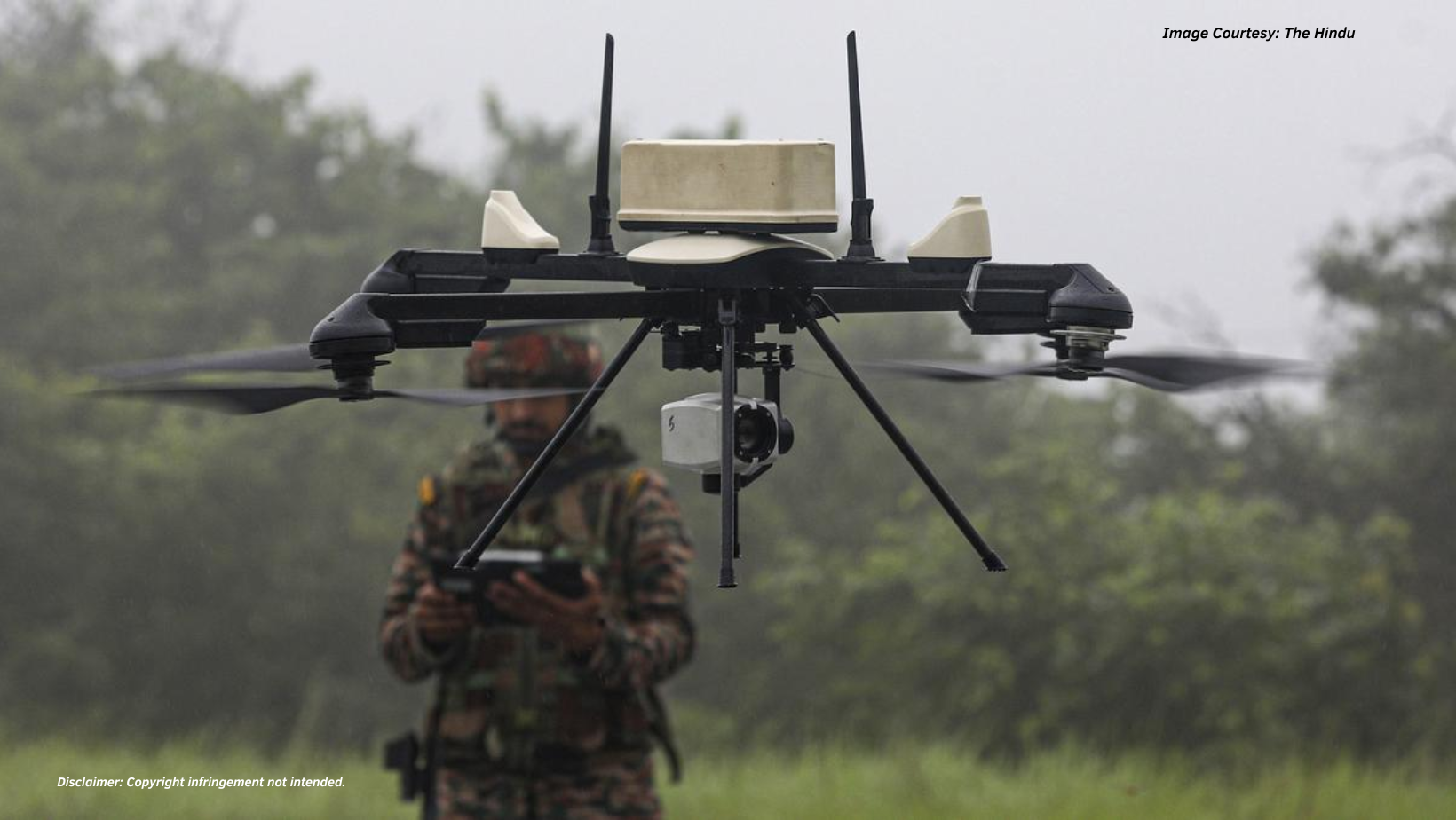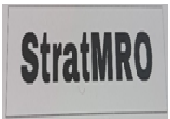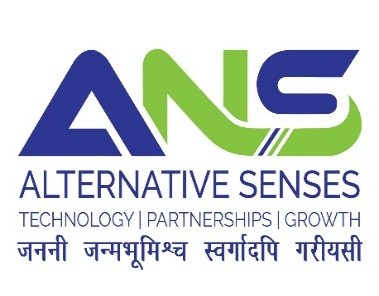What’s Happening
During the annual Army Day Press Conference 2024, the then Chief of Army Staff, Gen Manoj Pande announced that 2024 will be IA’s Year of Tech Absorption[1]. This was followed by a video put up by IA on its YouTube Channel in which AI found prominent mention among other things[2]. Even in the civilian field, AI seems to be the zeitgeist as is evident from various events, articles, discussions etc that come our way. While IA has traditionally been at the forefront of absorbing technology, however that has primarily been in the war fighting domain. With AI, there exists tremendous scope to introduce technology in various aspects beyond war fighting; and this is the ‘low hanging fruit’ that can be ‘plucked’ straight away. This is both in the realm of present day functioning as well as putting together building blocks for an AI enabled IA. This article aims to examine these aspects.
AI
A lot has been written about AI and there is nothing that this article has to add as far as definitions, uses, future et al is concerned. However, the following has been considered while authoring this article:
AI is more of an ‘end’ where the end product is an outcome by an automated system that thinks. This ‘thinking’ however is contingent upon inputs that the system receives for an algorithm to work upon.
- At present, AI is more useful for generative tasks (creating outputs) and predictive tasks (creating future projections). Self-learning AI systems that can initiate action on its own volition may be possible in the future but this will not find favour among militaries. Human oversight will continue.
- AI has vulnerabilities even in the absence of adversarial attacks. This is because AI outcomes are dependent upon inputs fed into the system which therefore can result in errors on account of biases as well as ‘hallucinations’ (incorrect responses put forth by an AI system). This is where a human ‘in the loop’ comes into play.
Possible Use Cases, Besides Warfighting
Human Resource Management (HRM)
On mentioning HRM what generally comes to mind is documentation, pay, postings et al. While these are important but AI can bring in a new era in HRM. Some possible use cases in this are:
- Predictive Healthcare – With over 10 lac serving personnel, IA is a goldmine of health data points. Every person undergoes a yearly medical checkup and various body parameters are recorded, presently in isolation. With AI, it is possible to analyse individual health parameters in context with that of IA. Parameters recorded on one person at Leh may help warn of a potential health issue to someone at Tawang.
- Well Being – A surfeit of wearable devices is now available that can measure things like sleep, physical activity, body composition, heart rate etc. Based on empirical data this can help create personalised physical test standards, flag extended lack of sleep as well help identify personnel fit for specialised roles. This can help find the right (wo)man for the right job!
Equipment Management (EM) – EM too is one area where AI has a great role to play. Data pertaining to equipment failure in one unit can help identify other such equipment in a similar condition pan-IA thus helping initiate further action to obviate further failures. This approach can fetch more dividends in equipment otherwise commercially available where IA can make use of data points generated in the civil field as well to monitor equipment serviceability thus preventing failures.
Office Work – It is time that IA brings in AI into office work. This in fact is the lowest hanging fruit. There exists readymade training data available in form of soft copies pertaining to official correspondence held within computers across thousands of HQs, units and sub units pan IA. It’s time that IA had its GPT (Staff Duties) where the concerned office can enter suitable ‘prompts’ and generate a document which can thereafter be modified and despatched. This will save time wasted on routine issues thus enabling officers to focus on higher order tasks. This will also reduce dependence on Office Assistants.
Military Intelligence (MI) – Intelligence work, done well, is a peacetime activity that will yield wartime dividends. However, MI for the AI age will go much beyond the realm of intelligence collection and counter-intelligence activities. Some suggested lines of action are:
- Data Buildup – As stated earlier, AI systems can work well only when trained with copious amounts of relevant and ‘clean’ data. To gain battlefield data points, it is necessary to obtain military data from conflict zones across the world particularly those where equipment being used is similar to ours. This in the long run will help our combat AI systems work better as and when developed and fielded.
- Adversary Data Corruption – Like counter intelligence, it is now time to focus on counter AI as well. In this a very potent method is to ‘contaminate’ the adversary’s AI training data set. This will cause enemy AI systems to ‘hallucinate’. The next kinetic effect may well be due to a software bug rather than a projectile.
- Open-Source Intelligence (OSINT) Analysis – AI can play a great role in analysis of OSINT of which there is a plethora, increasing every second. OSINT has a lot of critical information otherwise hidden in plain sight and AI can help sift through this information to generate actionable intelligence.
The Way Ahead
Macro Picture – There is a comprehensive AI policy at the national level given in the seven Pillars of AI as enunciated by the Government[3] that lays out a roadmap for AI in India. Of the seven, the first three are particularly relevant to IA which is very well placed to dovetail its AI program into the same as given under:
- Compute Capacity – AI requires a large amount of computing power and it may not be possible to create an Armed Forces specific AI ecosystem in the near future at least. It is therefore incumbent upon IA to ‘plug’ into the national AI ecosystem for research and applications till the time IA has its own AI compute capacity.
- Innovation Centres – Given unique computation requirements of AI, there is requirement of centres where Large Language Models (LLM) are created. LLMs are algorithms that run a particular AI model. LLMs for IA will have to meet peculiar military requirements and this is an aspect where IA needs to team up with academia and industry in the short term at least.
- Datasets Platform – This is the most important requirement as far as AI is concerned. All algorithms need to be tested on relevant data with an aim to validate capabilities as well as remove bugs. As is said in the field of AI that data begets data. There is a requirement of relevant, voluminous and ‘clean’ data. This could be the biggest int gap as well in which a future intelligence collection plan would include finding relevant and clean data for an AI system. Moving over the ‘data is the new oil’ cliché, we can now say that ‘data is the new warhead’.
In-House – IA needs to ‘reconfigure’ itself for an AI era. This will be an era where large amounts of data need to be processed in real time to generate outcomes and patterns. This involves two aspects: –
- People – Initially IA will have to reach out to academia and industry to implement its AI action plan. In the long run, there is a requirement to train and nurture in-house talent as well. Soldiers combining their ground knowledge with technical knowledge can help achieve AI outcomes. Given that industry will always attract the best talent, TA battalions with AI qualified personnel can be considered.
- Data Culture – IA has a large amount of data on various military and manpower aspects. There is however a requirement to make all data AI ready. It is imperative that IA now resorts to purposeful data capture in a format that will render it AI compatible at the outset itself. This data needs to available to all instead of confining it within silos.
Conclusion
Ringing in the AI era in IA involves machines, codes and people of which the first two are the easiest. It is most important for IA’s ‘people’ to embrace this new reality by unlearning and relearning. Talking of technology absorption, it is pertinent to note that in order to absorb anything, one has to be a sponge, not a stone!
DISCLAIMER
The paper is author’s individual scholastic articulation and does not necessarily reflect the views of CENJOWS. The author certifies that the article is original in content, unpublished and it has not been submitted for publication/ web upload elsewhere and that the facts and figures quoted are duly referenced, as needed and are believed to be correct.
Endnotes
- LIVE: Army Chief Manoj Pande Live |Army Day |Situation in JK | Manipur violence | Northern border (youtube.com) accessed on 01 Sep 2024. Statement at 23:49
- Indian Army Year 2024 – Year of Technology Absorption – YouTube accessed on 01 Sep 2024.
- INDIAai | Pillars accessed on 01 Sep 2024.














































